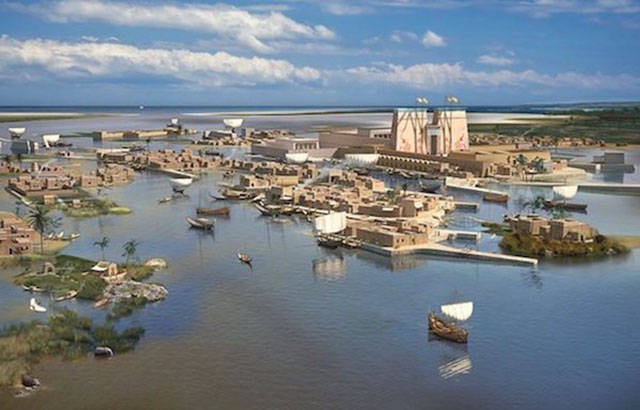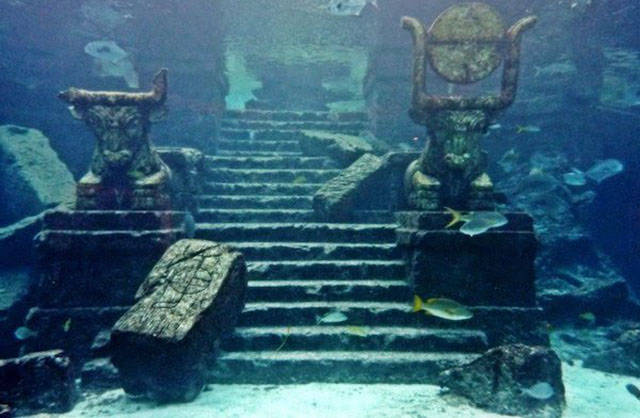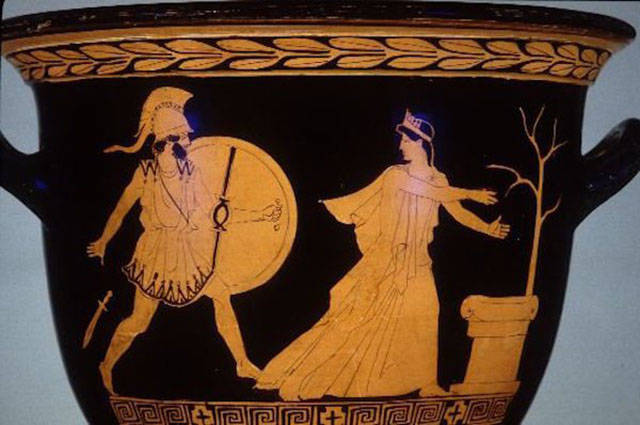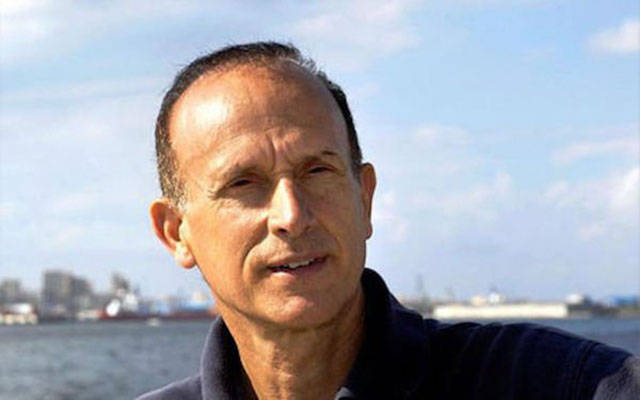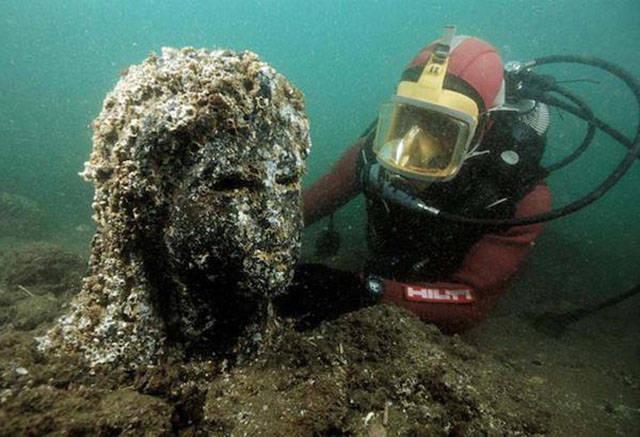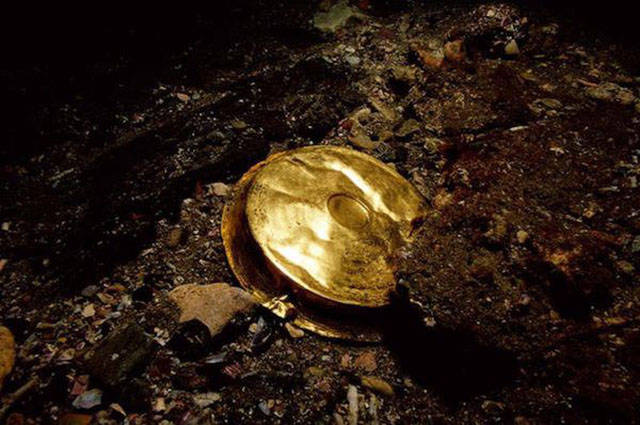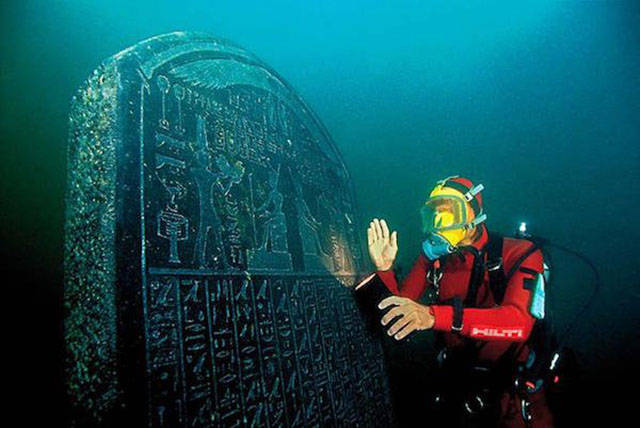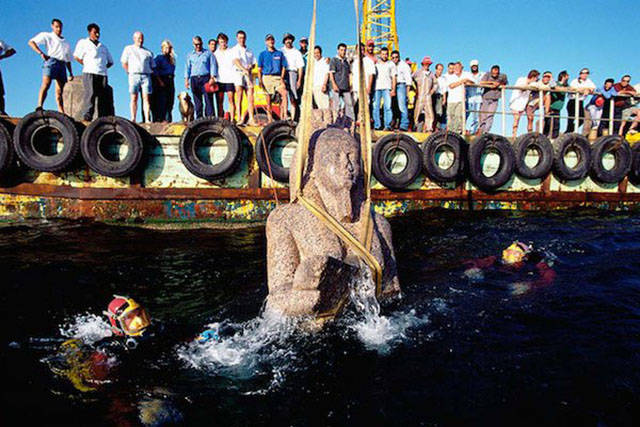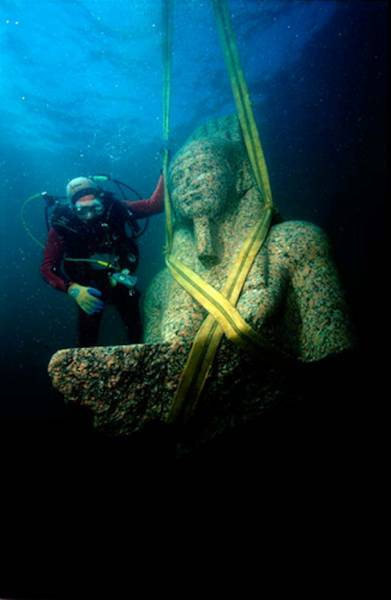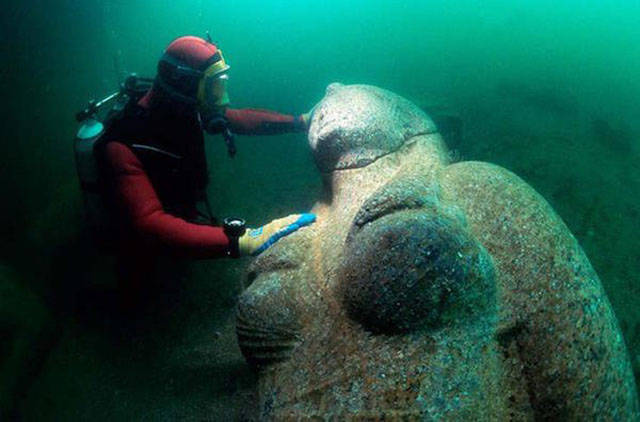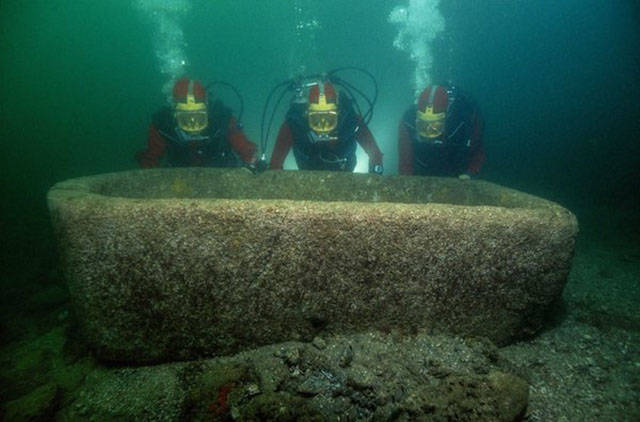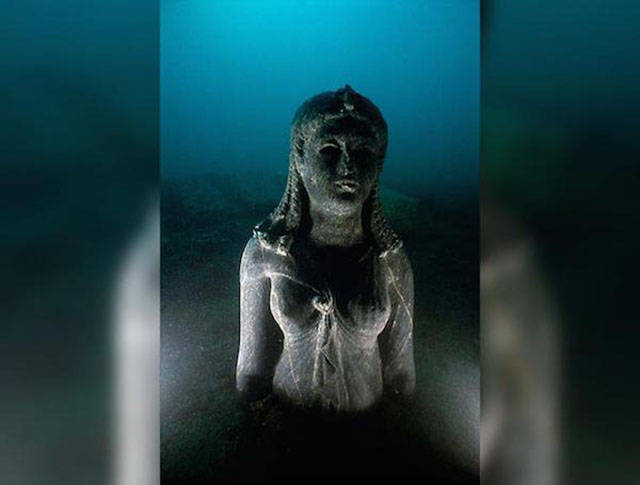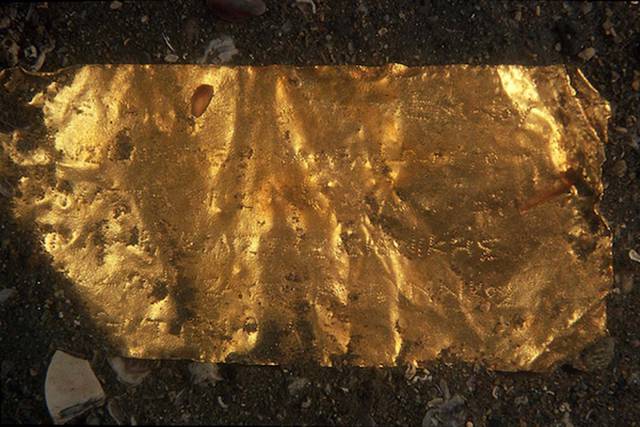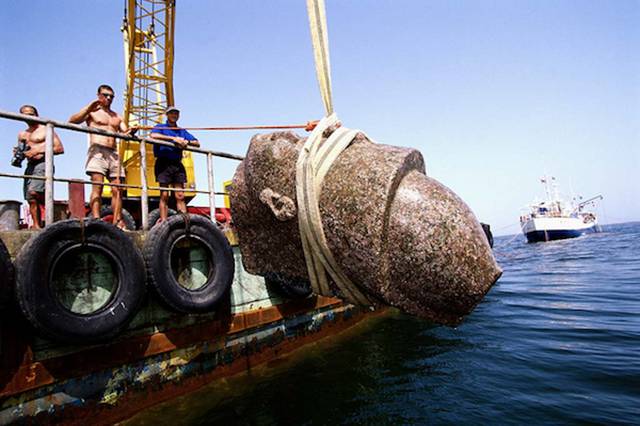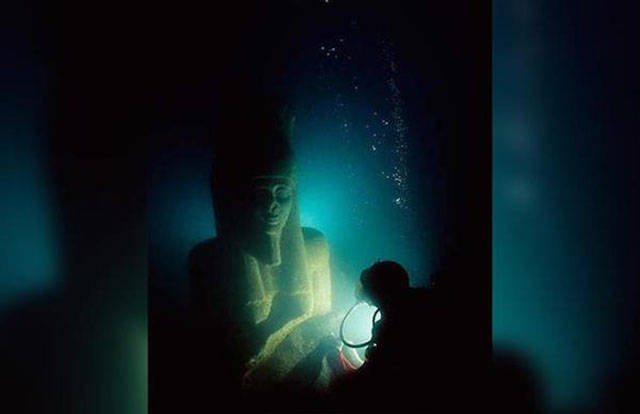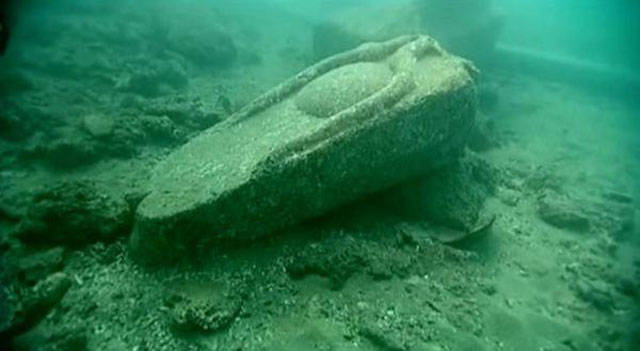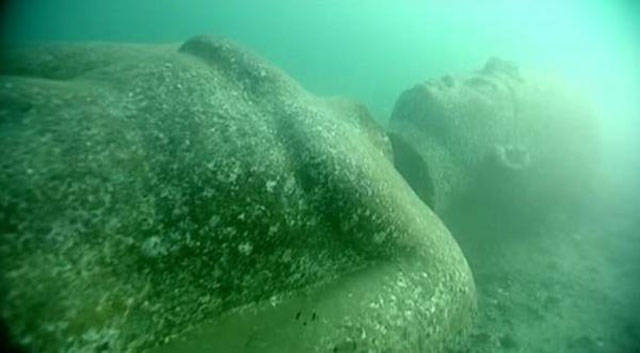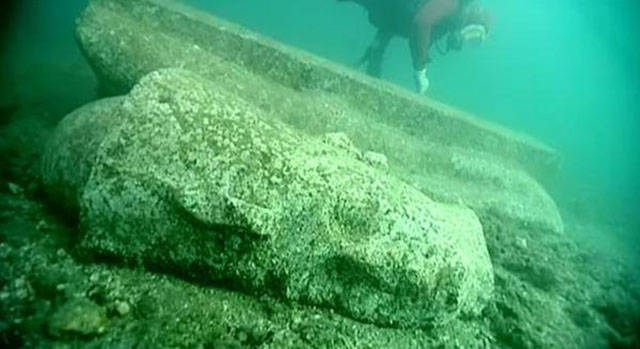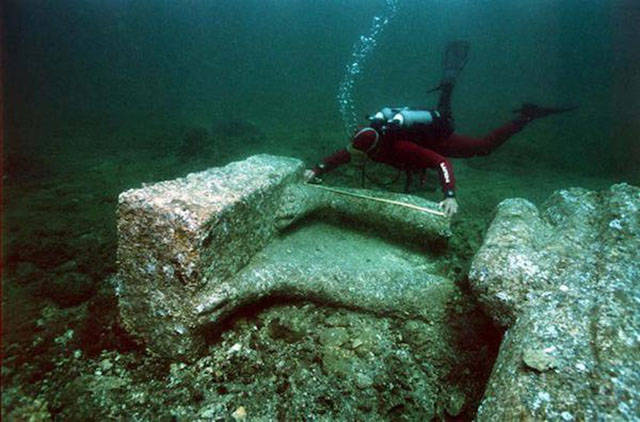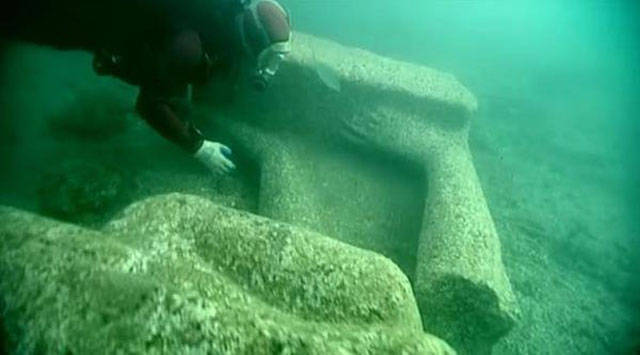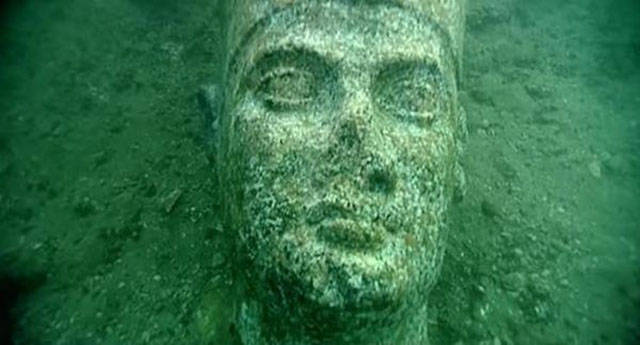Historical documents are riddled with descriptions of places and things that archeologists and historians are still trying to decipher. Of course, it would all be easier if history had recorded more times of peace than war, and invaders didn’t go around burning libraries and sacking cities, we might still have complete records of what the world looked like in ancient times. Can you imagine what we’d know if the Library of Alexandria was still complete? We’d know more stuff about the ancient world than we do now, that’s for sure. Instead, we have to rely on what we have; vague descriptions of locations, long forgotten myths, technologies and biographies of significant people.
For example, take the myth of Atlantis. Plato’s writings talked about an advanced civilization that fell out of favour with the Gods, then sunk into the sea. The Egyptians also had a similar story of an island called Thonis (which the Greeks called Heracleion), that sunk into the sea one day. Both recollections make it sound like this was a tangible place, but no one knows where they were and if they existed.
But what if both stories are correct? What if there was an island that was reclaimed by the water, that was full of knowledge and riches. And what if it might have been found?
Thonis-Heracleion is a lost city that lives below the waters of the Mediterranean Sea. More than 1,200 years ago, a cataclysmic event wiped the city off of the face of the earth, leaving myths, legends and tall tales in its wake.
Some of the myths are key to what we know about Greek history. For example, there’s a story told by Homer that indicates that the Greek Prince Paris, after seducing Helen of Troy and abducting her, fled the wrath of her husband Menelaus and they ended up hiding in this city, before making their way back to Troy.
The city also claims to have been host to the legendary Hercules while he was out doing his labours, and hence got the name Heracleion.
Both accounts, however, are taken by historians with a grain of salt. If there really was an island off the coast of Alexandria, there’d be evidence, right?
Really though, it just takes imagination sometimes, and the will to see it through. This is where French archeologist Franck Goddio comes in. A legend in his own right, he left a career in finance in the early ’80’s to focus on underwater archeology, which was his first passion. After founding the Institut European d’archeologie Sous-Marine (IEASM) in Paris, he set out to methodically find lost shipwrecks and sunken cities.
To date he’s found Spanish Galleons, the lost fleet of Napoleon, ships from the British East India Company, and in 2000, he discovered Thonis-Heracleion.
He’s also gained some notoriety for finding a cup inscribed with a Greek reference to “Christ”, dating from the second century C.E. So he’s even possibly found the Holy Grail. He’s Indiana Jones and Nathan Drake, all in one.
But this lost city… this is his passion project. While the majority of the find dates back to 2000, he’s been searching for evidence of this lost city since 1992 and while he’s now lecturing at Oxford, writing papers, filming documentaries and writing books, he’s still going back to the Mediterranean Sea to keep on digging up parts of Thonis-Heracleion to this day.
But going back to 1992, this is when the quest started. Goddio teamed up with Egypt’s Supreme Council of Antiquities to search an area of interest in Abu Qir Bay, just northeast of the famous city of Alexandria.
This was where all the legends began, and the last known location of the city 1,200 years ago.
So where did it go?
For 8 years they searched, based on scant evidence. This wasn’t the first time anyone went looking for the lost island – plenty of other archaeologists and historians, using ancient texts, took a crack and tracking it down. But as of 2000 no one had found it. It was dismissed as a myth.
But Goddio believed and it turns out, he was right.
Close to 4 miles off the coast of modern day Egypt, across an area of 63 square miles, they found evidence. Using GPS technology, magnetic imaging and sonar equipment, ruins and the layout of a city began to emerge.
And the crazy part was that it was so close to the surface – 30 feet below where their ships were floating, untouched by time.
What they found was spectacular: grand statues, walls, jewelry and sarcophagi. Goddie and his team found thousands of artifacts, but only chose to surface five hundred for analysis and display, out of respect of the lost city.
An image of how truly grandiose the city was started to emerge when they brought artifacts up to the surface. Here are red granite statues of a pharaoh, his queen and the Egyptian god Hapy, dating back to the 4th Century BC, and a wall from the great Temple of Heracleion.
You can see the workers there at the top to see how how amazing and large these statues were.
As they analyzed the artifacts, they started to realize how important and significant the city was to the Egyptians as a centre of trade and worship.
From the religions and spiritual perspective, there were hundreds of limestone tombs, with evidence of mummified remains.
And plenty of statues to watch over them in the afterlife.
Once they started mapping out the layout of the city, they found that it had a central temple, which was surrounded by a whole long series of canals. Some of these canals surrounded individual islets, with little homes harbouring miniature bronze statues.
There was also evidence of international trade, with over seven hundred ancient anchors and over 60 wrecks surrounding the city, speaks to the intense maritime activity of this island.
They also found evidence that the island was a centre of commerce, with golden plaques on certain buildings that were there to commemorate dedications to donor and those who commissioned, opened and owned the buildings.
Not too different from most cities now.
The more and more they discovered and brought to the surface, the more they started wondering what truly happened to the city, to keep it so perfectly preserved under water for over a millennium.
What ultimately was the fate of this once beautiful, thriving island?
Of that, there’s no definitive answer, only speculation. Experts look to the layout and construction of the city for answers. Any city that’s built out of canals, surrounded by water, is going to be a fragile ecosystem.
When experts and other archaeologists on the team started analyzing the rubble and ruins, a story started to emerge of what could have ended this paradise.
Leading researchers point to the rising sea levels as well as the soil subsidence, which lead to repeated flooding.
Just look at what Venice endures on a yearly basis. Same situation: canals, surrounded by a sea, built on ancient soil.
But there was something else, something more catastrophic. The break patterns in the ruins and columns and the way the debris was scattered, suggested to researchers that it was a massive earthquake. While the city was already fragile from flooding and slowly sinking, an earthquake and resulting tidal wave destroyed the city, causing it to sink below the waves.
The city sunk to it’s watery grave, lost to time for a thousand years, but not forgotten.
So while this might not exactly be Atlantis, the story is the same – major metropolis that was highly advanced and a centre of the universe, brought down by the power of nature and hubris.
Goddio and his team were fortunate enough to put on an exhibit last year at the British Museum in London called “Sunken Cities,” putting the treasures of Thonis-Heracleion on display and telling the story of this once great, lost city.
For Goddio, it was the culmination of 20 years of hard work and perseverance to find the remnants of a city that inspired (and still inspires) stories of lost empires and hidden cities.
As for the rest of the artifacts, they’ll remain on the bottom of Aboukir Bay, as a testament to the city and a monument to the lives that were lost and history that was reclaimed 1,200 years ago.
Looks like lost cities and sunken islands aren’t the realm old dusty books anymore.

